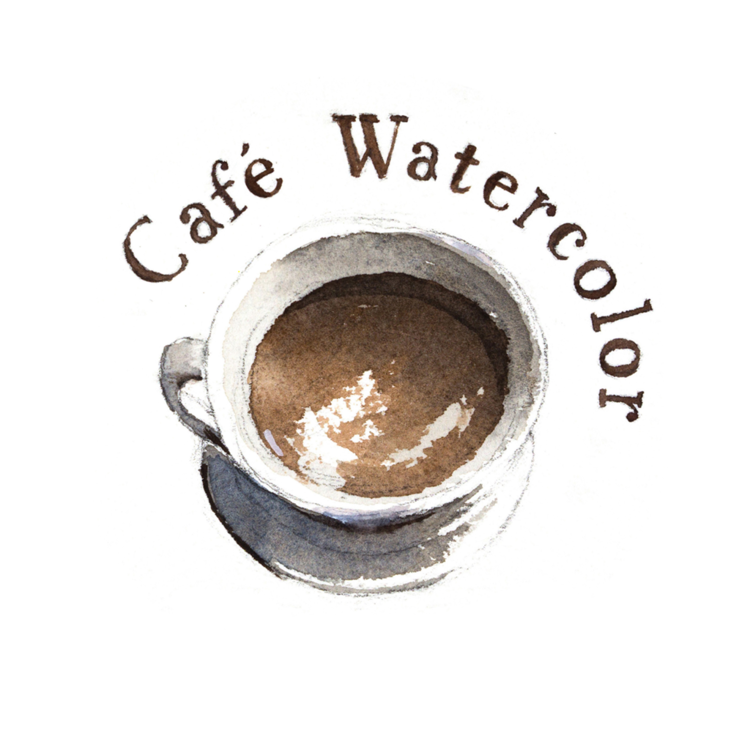The more I paint, the more I understand the importance of planning. I argue that's probably the main difference between a successful and an unsuccessful painting. When I get questions like: Why does my painting looking muddy? How do I paint a loose painting? Why does the painting never turns out the way I want? I can tell the lack of planning is the major contributor to these issues.
The common saying of "Art is spontaneous and expressive, it should be free and full of happy accidents!" seems to contradict what I just said. Planning seems like a most rigid and boring thing an artist would do. But if you want to paint a believable watercolor painting, you need to plan! Because you can't paint a lighter value on top of a dark layer, if you don't plan where are you going to paint, in what consistency and what time. You are setting yourself up for uncertain result. Watercolor by itself is a illusive medium. You can't just go for it and expect to react when things goes wrong.
There are so much to think about before you put down your first brush stroke. Here are a few things to think about:
- Background, Middle ground and Foreground - Just think about those will help you determent what are you going to paint first.
- What needs to standout, what needs to merge in - Especially in a scenery. Painting every little detail in is not a good move especially in watercolor. Think about what's important in the scenery, and think about what part of the picture can just merge into one shape. A classic example that's becoming obvious for me is when painting small figures in a scenery, many times you only need to paint the head and shoulder, the rest of the body can just fade back into the background.
- Hard or soft edge - Thinking about this will help you to determent on the timing. If a certain shape needs to be soft, you will need to paint those shape while the area is wet.
- What shape to paint - This is very important. You can't just figure out what the shape would be as you paint. This is why a good pencil drawing is important. During the initial sketching stage, what you are really doing is to analyze the reference and familiarize yourself with it! So that when you start painting, you will have a very good idea what it will look like.
You should have a very good idea how it's going to look before you put down your next brush stroke.
The Key is to make conscious decisions. You should have a very good idea how it's going to look before you put down your next brush stroke. Happy accidents will not make a painting! Every painting should be planned out and execute to the best you can. I understand it doesn't sound "artistic". But putting your mind into your painting is also the one thing that an artist should do.
My bookmark set are now available and ready to ship
I want to thank you for your support! People who have got these have told me how much they love it. If you read physical books or write journals, be sure to check these out! =)


